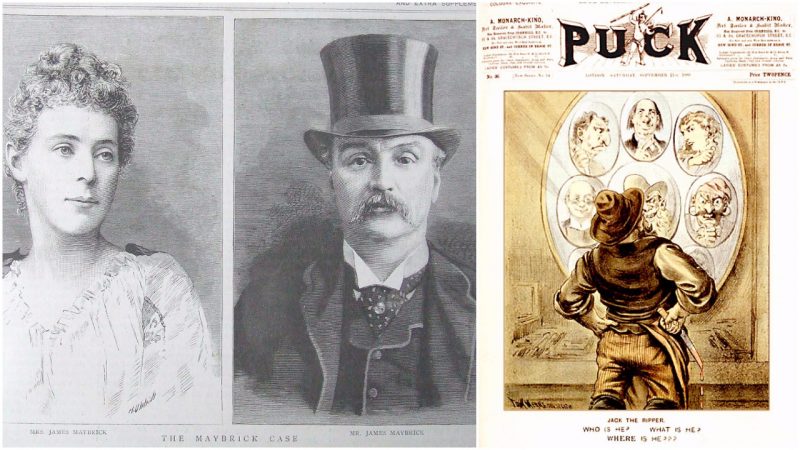To someone unfamiliar with the term, “Ripperologist” may sound like a joke, but it’s serious. Dead serious, if you will. Many, many avidly curious people have devoted time and money to determining the identity of the man (or woman) who murdered at least five women in Whitechapel in the autumn of 1888 with such savagery he was dubbed “Jack the Ripper.”
Interested parties can proceed on many fronts, depending on the depth of their obsession: Fill their shelves and e-readers with the dozens of books written about Jack the Ripper; watch a documentary or a fictionalized depiction of the murders, ranging from the 1927 Alfred Hitchcock silent film The Lodger to the 2001 Johnny Depp vehicle From Hell; dive into the details on the amazingly comprehensive website thecasebook.org; or even attend an annual Jack the Ripper Crime Conference in the United Kingdom, where enthusiasts gather with researchers.
In 2017 the conference was held for three days in late September in Liverpool, and for a specific reason: “Liverpool has an infamous link with Ripperology as it is the home of the supposed Jack the Ripper diary which may have been written by Liverpool cotton merchant James Maybrick.”
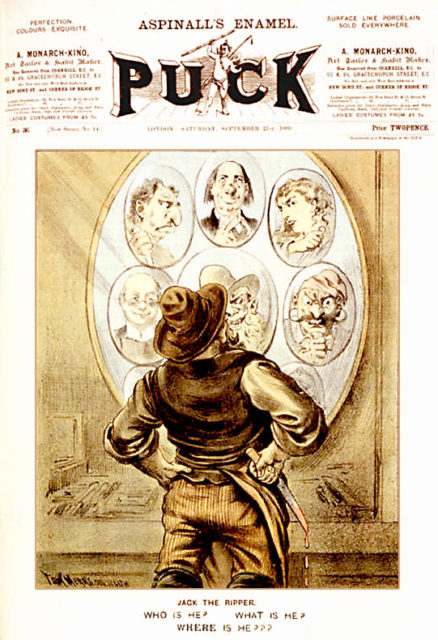
When it comes to suspects, James Maybrick is for now at the top of the leaderboard, displacing depraved artist Walter Sickert (favorite of author Patricia Cornwell) and insane barber Aaron Kosminski. What makes Maybrick an unusual suspect is his background and the 200-mile distance between Liverpool and Whitechapel, where the murders were committed.
But then there is the diary.
In 1992, a Liverpool scrap metal dealer named Michael Barrett told the world he had a journal that he claimed that a friend, Tony Devereux, handed him in a pub thinking Barrett would be interested. It ends with the words “I give my name that all know of me, so history do tell, what love can do to a gentleman born. Yours truly, Jack the Ripper.”
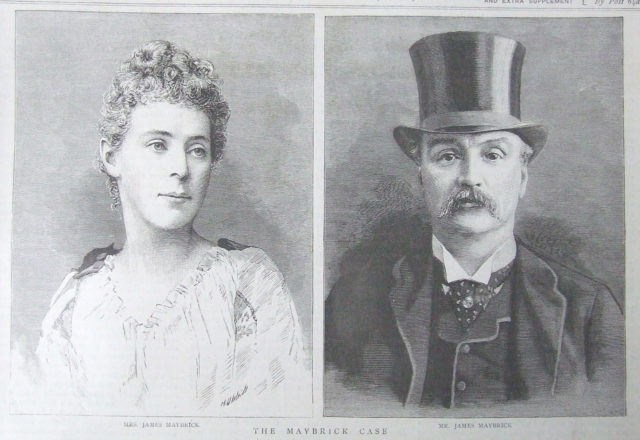
Although the author’s name was not listed, the 9,000-word diary was soon attributed to James Maybrick, a prosperous businessman who died in 1889, the year after the Ripper murders. Maybrick was already infamous, but nothing to do with the Ripper seemingly. His young wife, Florence Maybrick, was convicted of murdering him with poison and served a long sentence.
The Maybricks lived in a mansion named Battlecreak House. The same year the diary was discovered, a local firm of electrical contractors was working on the house, renovating it. One story has it that an electrician found the diary under the floorboards of the bedroom and gave it to Barrett, rather then Devereux. A third version is that Barrett’s wife says that the diary has been in her family’s possession since World War Two.
However it got to Barrett, he connected with a literary agent. A book was swiftly written: The Diary of Jack the Ripper: The Chilling Confessions of James Maybrick. It sold well but there were many skeptics. How would 50-year-old Maybrick have blended into Whitechapel, with its warren of streets, well enough to select victims and elude the police? The given motive of Maybrick being enraged by his wife’s infidelities and taking it out on random prostitutes seemed a bit improbable. The diary included many facts about the murders and London at the time, but nothing that couldn’t have been found in the newspapers and police records. The word hoax was used.

However, in August 2017, researchers came forward saying that after years of testing, they were certain that, based on the paper, ink, and the idiom used throughout the diary, it must have been written in the late 19th century. It would be possible to draw enough facts from coroner reports and witness accounts today to concoct a convincing “diary,” but how would anyone have done it in the 19th century? The diary does seem to have been written during the time of the murders.
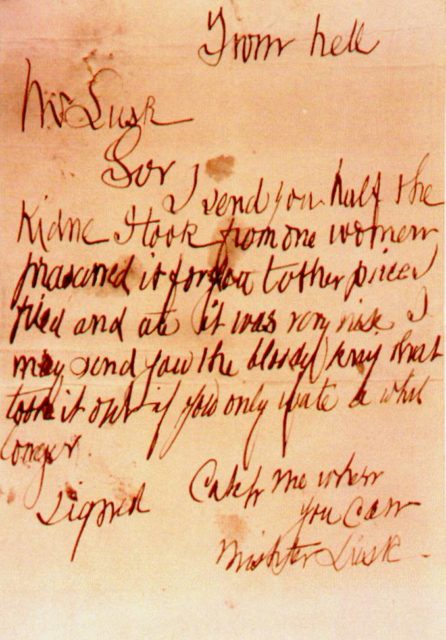
One of the unexplainable aspects of Jack the Ripper is: Why did he stop? Experts on serial killers say they are incapable of stopping on their own. Either the Ripper left London or he died. Also, the women were murdered on a Friday, Saturday, or Sunday, and that is “consistent with the lifestyle of a Liverpool cotton broker who spent the weekdays at the Liverpool Cotton Exchange but was free to travel on weekends (as Maybrick was).” according to History Today.
However, arguing on the other side, experts have long believed that Jack the Ripper lived in Whitechapel, possessed some medical knowledge, and was in the grip of violent, psychotic sexual fantasies he could barely control.
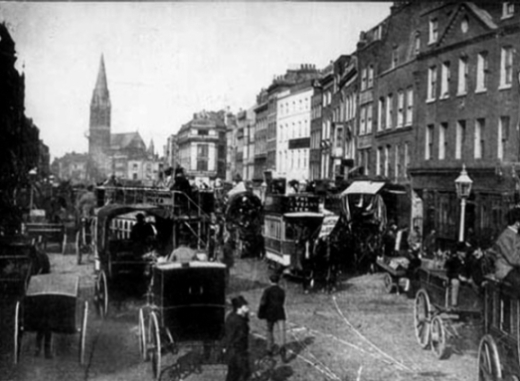
Maybrick’s own death in 1889 was deemed suspicious and an inquiry revealed that he had a massive amount of arsenic in his body. Poisoning with arsenic was not uncommon in Victorian England.
However, what came out in the trial was that Maybrick had been addicted to arsenic. In the 1870s he contracted malaria and was treated with it, and kept taking it. “Arsenic and strychnine abuse was becoming fashionable among professional men in both America and Britain,” reports casebook.org. “Arsenic is addictive, and overwhelming evidence suggests James Maybrick carried this habit to his grave.”
A limited edition of 25 Years of the Diary of Jack the Ripper: The True Facts by Robert Smith went on sale last year.
